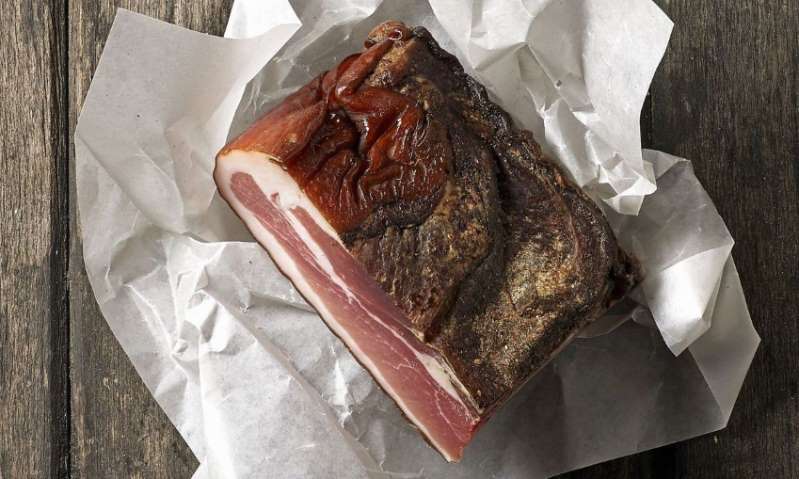
The fact that the FFP2 masks by Hygiene Austria are originally produced in China has caused irritation in the past few days. The supposedly Austrian masks are by no means the only products that have Austria on them, but in truth there is hardly any Austria inside. In fact, in a globalized world with production processes based on the division of labor, the origin of a product cannot in most cases be reduced to a specific country of origin. But of course, “Made in Austria” sells better than “Made in China”.
The red, white and red origin marking adorns more products in this country than would be customary in other countries. The reference to the Austrian origin of a product is often made through the indication “Made in Austria” or the “Austria mark”, which is awarded by the Chamber of Commerce. However, this does not mean that the product was actually manufactured entirely in Austria or that 100 percent of its raw materials come from Austria.
As a small economy, Austria shouldn't try to produce everything itself anyway, explains WIFO economist Michael Peneder. “100 percent 'Made in Austria' would be absolutely pointless. That would not be possible for Austria without a great loss of prosperity. “
No clear rules for the “Austria” label
In order to be allowed to adorn oneself with the label, a “considerable part of the added value must come from Austria”, explains Herbert Herzig of the WKÖ: “There is no clear legal regulation that standardizes the origin labeling.” EU, according to which a “Made in Austria” label can only be awarded if the domestic added value is at least 55 percent, proved to be ineffective and did not prevail.
Herzig does not consider demands for a clear catalog of criteria as to when “Made in Austria” really applies: “This would result in even more unanswered questions.” If a producer wants an Austria label for his product, he can contact the Chamber of Commerce request. The respective regional chamber issues a certificate of origin after testing the product. After that, it is the company's responsibility not to deceive the consumer. “If, for example, an Austrian manufacturer produces beef shredded beef as a finished product in Austria and markets it as such, so that the meat for it does not come from abroad.”
AMA: From birth to the slaughterhouse in Austria
According to consumer advocates, the AMA seal of approval is a seal that you can “rely on”. For products that are equipped with this, the entire production must take place in Austria. In the case of meat, this means that the animal must be born in Austria, raised and fattened on an Austrian farm and ultimately slaughtered at an Austrian slaughterhouse.
For consumers, “Made in Austria” is often seen as a sign of quality. When it comes to food in particular, customers value the Austrian standard, which some manufacturers take advantage of with questionable names. In fact, local seals are used again and again carelessly, explains Nina Siegenthaler from the Association for Consumer Information (VKI): “In the meantime, retailers are increasingly relying on their own labels with questionable indications of origin. This makes it more and more difficult for consumers to maintain an overview. “
Styrian seed oil from China, Tyrolean bacon from the Netherlands
There have been plenty of examples of misleading in the past. A VKI study in 2012 showed that the Styrian pumpkin seed oil mostly did not originate in Styria, but was only decanted and packaged in China and Austria. From a legal point of view, the deception is not untrustworthy, as the term “Styrian Pumpkin Seed Oil” has been geographically protected by the EU.
There was an aftermath in 2015 for a local producer who sold “Austrian” fish fillets. The trout fillets were actually smoked in Austria, but they came from an Italian aquaculture. The Supreme Court rated the deception of origin as “misleading”.
And then there is “Speckkaiser” Karl Handl. His “Tiroler Speck” does not come from Alpine pigs, but from the bellies of Danish and Dutch pigs. In Austria they were only processed. Similar to the Chinese masks.

